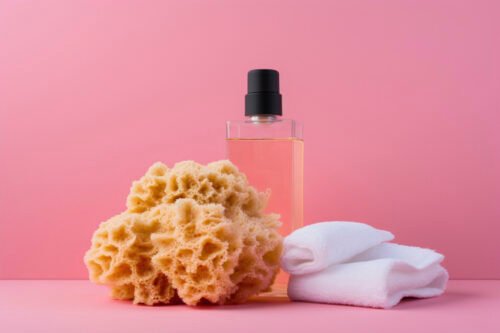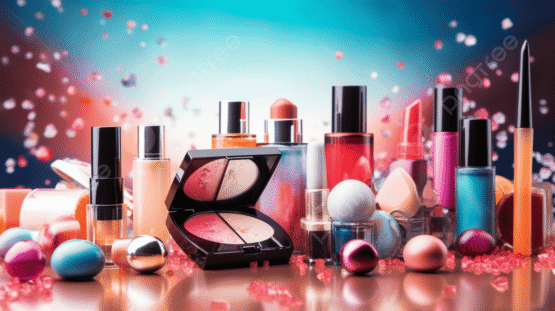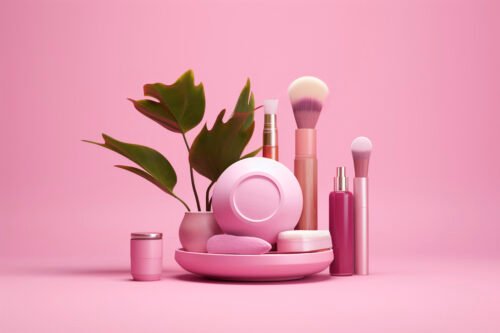Cosmetic Products
-
admin
- Posted on
- 0 comments
Cosmetic products have become an essential part of our daily lives. From skincare and haircare to makeup and fragrances, cosmetics help us feel confident and enhance our natural beauty. But with thousands of brands and products available in the market, buying cosmetic products can be overwhelming. Whether you are shopping online or visiting a physical store, making the right choice is important for your skin, health, and budget.
In this guide, we will explain how to buy cosmetic products, what factors to consider, and tips to avoid common mistakes so that you can make informed and safe purchases.
1. Understand Your Skin Type and Needs
The first step in buying cosmetics is knowing your skin type. Not every product suits everyone, and using the wrong cosmetics can lead to irritation, acne, or allergies.
-
Oily Skin – Look for oil-free, non-comedogenic products.
-
Dry Skin – Choose hydrating creams, serums, and moisturizers with hyaluronic acid or glycerin.
-
Sensitive Skin – Avoid harsh chemicals, fragrances, and alcohol-based products. Opt for hypoallergenic and dermatologist-tested items.
-
Combination Skin – Use lightweight products that balance both oily and dry areas.
👉 Pro Tip: Before buying, read the product label to ensure it matches your skin type.
2. Research Ingredients Before Buying
Ingredients play a vital role in cosmetics. Always check the label before making a purchase.
-
Safe and Beneficial Ingredients:
-
Vitamin C (brightening)
-
Niacinamide (reduces acne and redness)
-
Hyaluronic Acid (deep hydration)
-
Aloe Vera & Green Tea (soothing properties)
-
-
Ingredients to Avoid:
-
Parabens
-
Sulfates
-
Mineral oils
-
Artificial fragrances
-
Knowing the ingredients ensures that you buy products that are safe and effective for your skin.
3. Set a Budget
Cosmetic products come in a wide range of prices. High-end brands are attractive, but affordability does not always mean poor quality. Many drugstore products are effective and dermatologically approved.
-
Luxury Brands: Offer premium ingredients and packaging.
-
Drugstore Brands: Affordable and widely available, suitable for daily use.
-
Organic/Natural Brands: Best for people who prefer chemical-free products.
👉 Decide on your budget before shopping to avoid overspending.
4. Check Brand Reputation and Reviews
When buying cosmetic products, always purchase from trusted brands. Reputable companies ensure safety standards, clinical testing, and quality packaging.
-
Read Online Reviews: Customer feedback on e-commerce sites and beauty blogs can help you understand the product’s effectiveness.
-
Check Social Media: Influencers and dermatologists often review trending cosmetics.
-
Ask for Recommendations: Friends or family can share their personal experiences.
5. Choose Between Online and Offline Shopping
Today, cosmetics are easily available both online and offline. Each has its pros and cons.
Shopping Online
-
Pros: Convenience, wide variety, exclusive discounts, doorstep delivery.
-
Cons: Risk of fake products, can’t test before buying.
Shopping Offline (Stores/Pharmacies)
-
Pros: Can try samples, instant purchase, expert consultation.
-
Cons: Limited stock, higher prices compared to online.
👉 Best Practice: Buy from authorized stores or official brand websites to avoid counterfeit cosmetics.
6. Look for Certifications and Expiry Date
Never buy a cosmetic product without checking its expiry date. Expired products can harm your skin and cause infections.
-
Always look for manufacturing date and shelf life.
-
Check certifications such as FDA approval, dermatologically tested, or cruelty-free logos.
7. Try Before You Buy (If Possible)
Testing a product before purchasing helps you avoid allergic reactions. Many beauty stores provide free samples.
-
Patch Test: Apply a small amount on your wrist or behind the ear before using it on your face.
-
Mini Packs: Instead of buying a full-size product, try travel-sized or sample packs first.
8. Compare Prices and Offers
Cosmetic products are often available at different prices across platforms.
-
Use price comparison websites.
-
Look for seasonal sales, coupons, and bundle offers.
-
Subscribe to brand newsletters for exclusive discounts.
👉 Tip: Don’t compromise quality for cheap prices. Fake or low-quality cosmetics can damage your skin permanently.
9. Consider Eco-Friendly and Ethical Brands
Many buyers today prefer eco-friendly cosmetic products that are safe for both skin and the environment.
-
Choose cruelty-free brands that don’t test on animals.
-
Opt for products with recyclable packaging.
-
Support organic and vegan beauty products for sustainable beauty routines.
10. Be Aware of Fake Products
Counterfeit cosmetics are a big problem, especially online. They often look like the original but contain harmful chemicals.
-
Always buy from authorized sellers.
-
Check for holograms, barcodes, and batch numbers on packaging.
-
Avoid deals that seem “too good to be true.”
11. Make a Personalized Beauty Routine
Once you buy the right cosmetics, create a personalized routine. For example:
-
Morning Routine: Cleanser → Serum → Moisturizer → Sunscreen → Light Makeup
-
Night Routine: Makeup Remover → Cleanser → Toner → Night Cream/Serum

This ensures your products are used effectively for maximum benefits.
Final Thoughts
Buying cosmetic products is more than just picking up a trendy lipstick or a fancy moisturizer. It requires careful research, awareness of your skin type, checking ingredients, and ensuring authenticity. Whether you shop online or offline, make sure you buy from trusted sources, read reviews, and always prioritize skin safety over low prices.
By following these tips on how to buy cosmetic products, you can build a beauty collection that not only enhances your looks but also protects your skin health. Remember, smart shopping leads to glowing skin and long-term savings.
✅ SEO Keywords included naturally: buy cosmetic products, how to buy cosmetics, online cosmetic shopping, best cosmetic products, skincare, makeup, beauty products, tips for buying cosmetics, safe cosmetics.
Would you like me to also add an SEO-friendly meta title, description, and FAQs (for Google snippets) to boost your ranking further?



